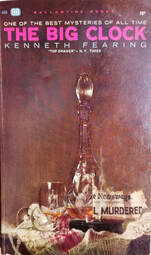
Originally, I was going to link and post the review in my blog, as I’ve done with others, but then I got an even better idea: Why not make a new page in the “My Writings” area that’s specifically for my occasional Goodreads reviews?
OK, so I did it. Ta daaaaa. Later reviews will be posted on the blog, hopefully, but for this one I’ll simply link to my new page. Click there, and then just use the alpha-beta system to find The Big Clock.
Hope you enjoy,
Rafeeq
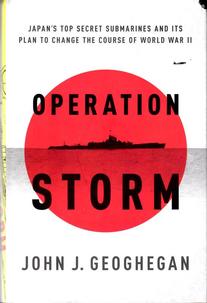
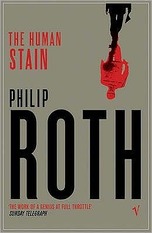
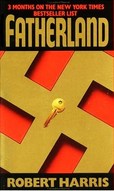
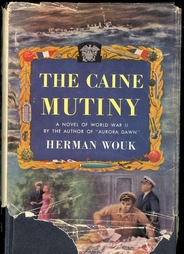
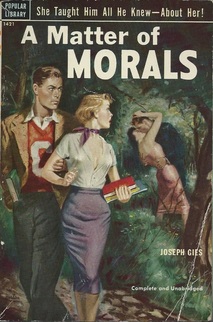
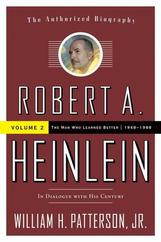
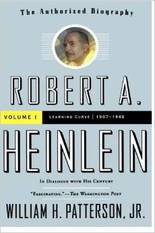
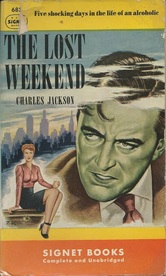
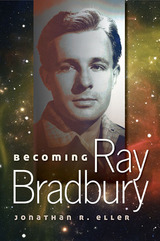
 RSS Feed
RSS Feed
